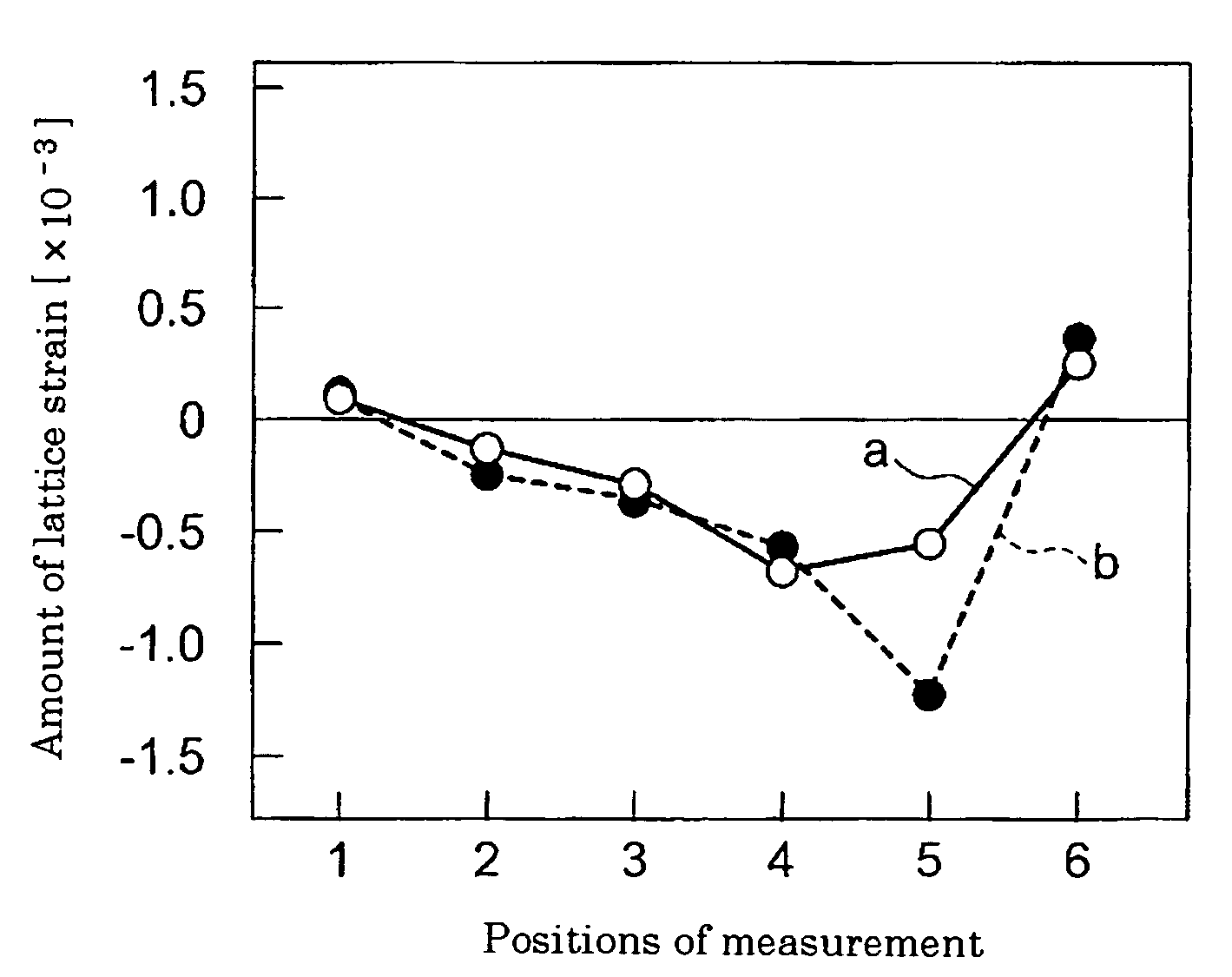Method for manufacturing a semiconductor device having polysilicon plugs
a semiconductor device and polysilicon technology, applied in the direction of semiconductor devices, basic electric elements, electrical appliances, etc., can solve the problems of increasing leakage current, conventional methods for manufacturing dram devices, and unable to achieve both junction leakage current reduction and contact resistance reduction in memory cells. , to achieve the effect of reducing contact resistan
- Summary
- Abstract
- Description
- Claims
- Application Information
AI Technical Summary
Benefits of technology
Problems solved by technology
Method used
Image
Examples
Embodiment Construction
[0030] Before describing preferred embodiments of the present invention, the principle of the present invention will be described for a better understanding of the present invention. The present inventors found the causes of the junction leakage current by analyses and experiments as detailed below.
[0031] It is noted in the step shown in FIG. 2B that the phosphorous implantation into the memory cell area 10A expels silicon atoms from the lattices of the silicon crystal structure to generate vacancy-type defects and interstitial silicon atoms. The vacancy-type defect is such that a silicon atom is expelled from a lattice without substitute by another atom. Since the interstitial silicon atom has a higher diffusion rate compared to the vacancy-type defect, most interstitial silicon atoms are scattered during a heat treatment effected succeeding to the ion-implantation. This causes an excess of the number of vacancy-type defects in the vicinity of the n-type diffused region 19.
[0032]...
PUM
 Login to View More
Login to View More Abstract
Description
Claims
Application Information
 Login to View More
Login to View More - R&D
- Intellectual Property
- Life Sciences
- Materials
- Tech Scout
- Unparalleled Data Quality
- Higher Quality Content
- 60% Fewer Hallucinations
Browse by: Latest US Patents, China's latest patents, Technical Efficacy Thesaurus, Application Domain, Technology Topic, Popular Technical Reports.
© 2025 PatSnap. All rights reserved.Legal|Privacy policy|Modern Slavery Act Transparency Statement|Sitemap|About US| Contact US: help@patsnap.com



